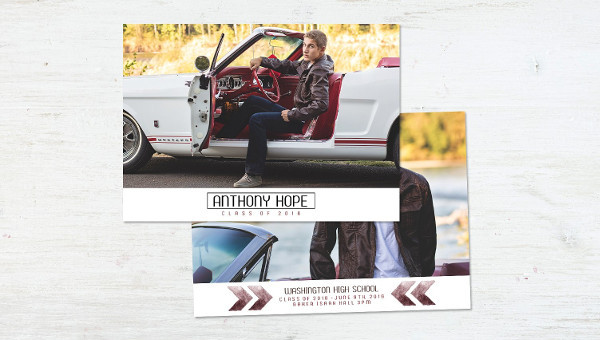59+ Business Card Examples to Download
A business card is a tool used to provide information about a business or a person who would like to remain connected to another entity. There are various ways on how business cards can be created. More so, there are also different kinds of formats that are appropriate to be used in specific industries.
Even if there are printable checklist of guidelines and tips that you may follow in making your business card, the process that you will execute in creating this tool can make all the difference with the final business card that you will have. For references in creating and designing a business card, use the downloadable samples and business card templates that we have put together in this post.
Musician Business Card Design Template
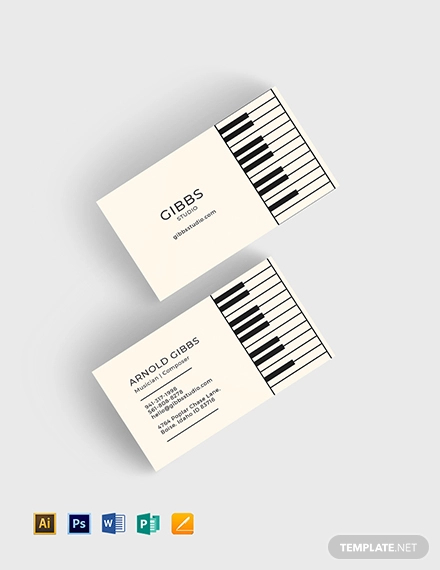
Bartender Business Card Template
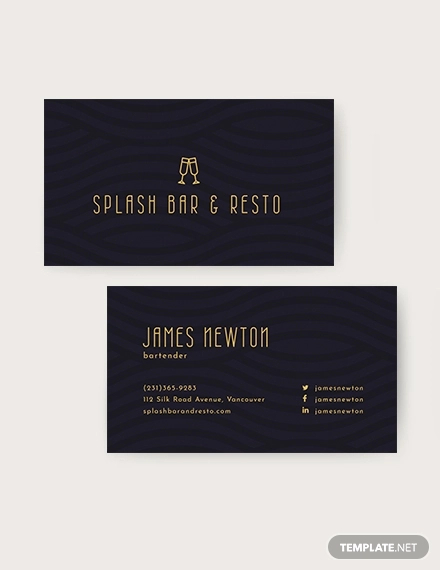
Hair Salon Business Card Template
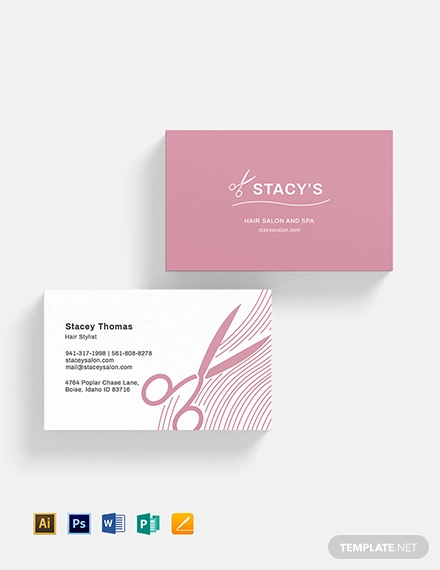
Graduate Student Business Card Template

Painter Business Card Template
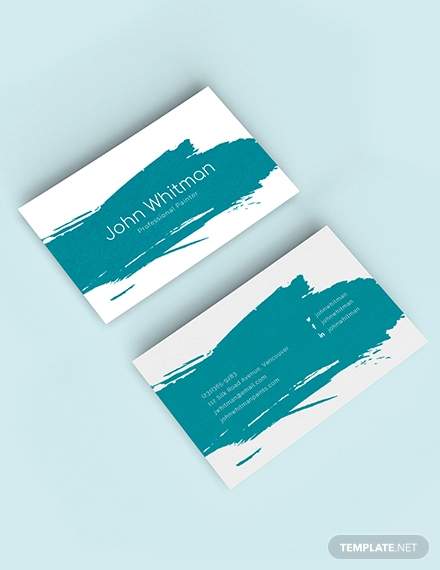
Project Manager Business Card Template
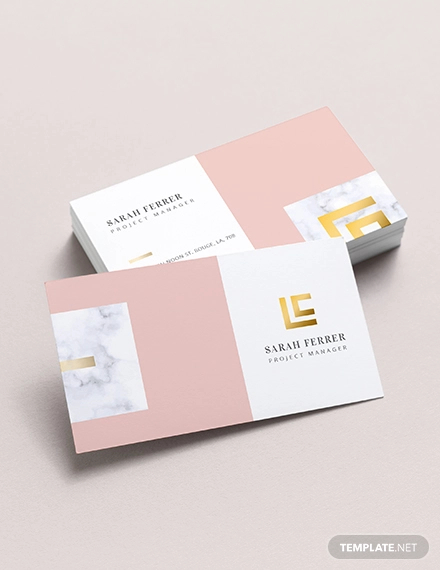
Elegant Realtor Business Card Template
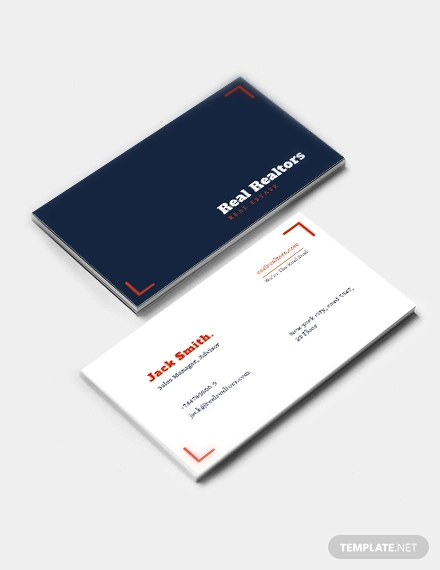
Free Business Cards
Free Landscaping Business Card Template
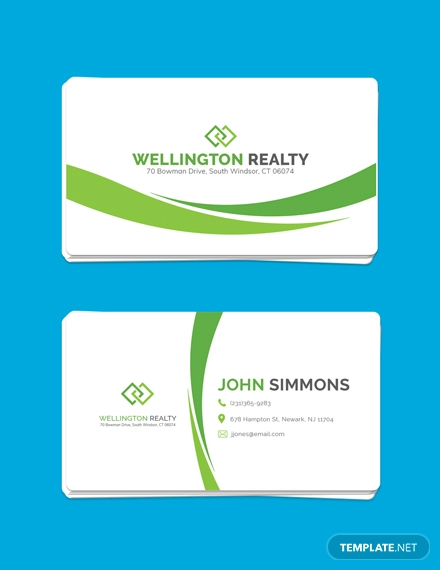
Free Simple Business Card Template
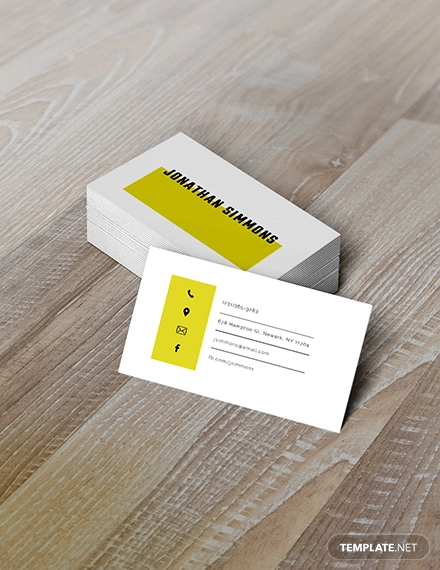
Free Printable Business Card
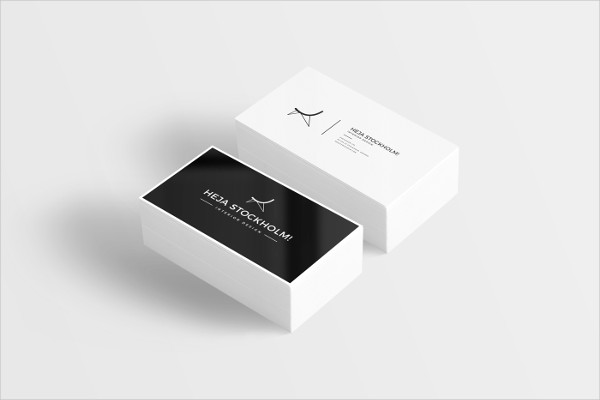
Free Colorful Business Card
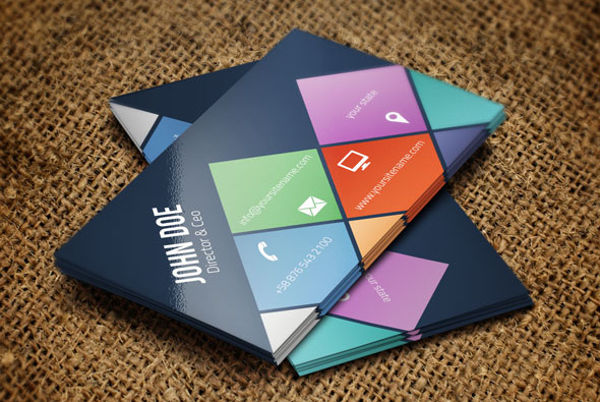
Free Personalized Business Card
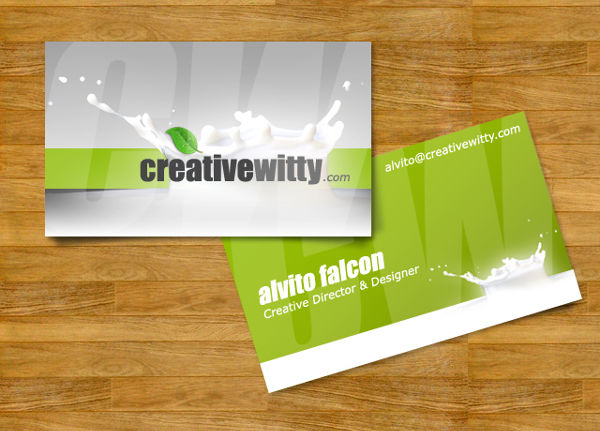
Free Editable Business Card
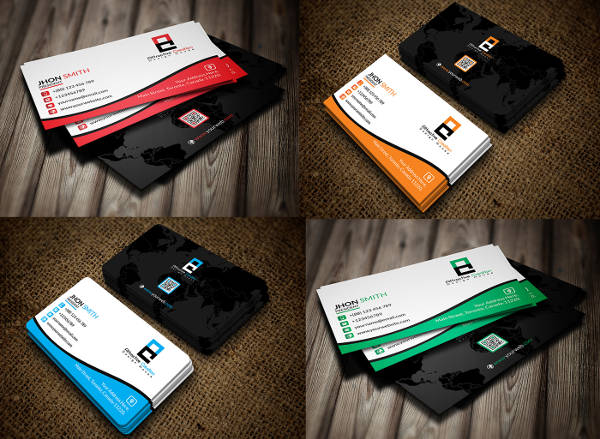
Unique Business Card Examples
Unique Personal Business Card
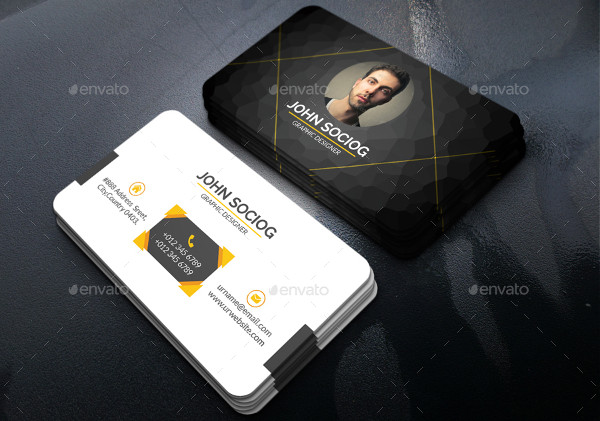
Free Unique Business Card
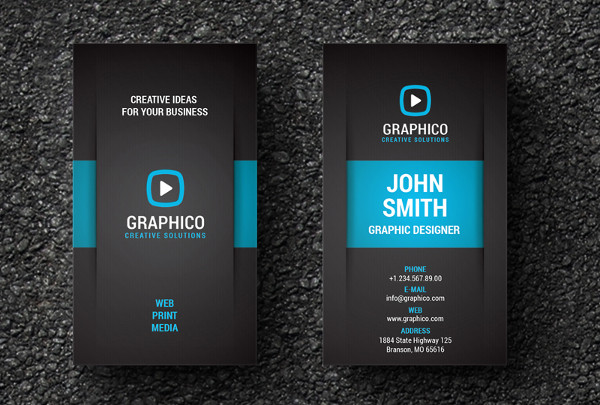
Unique Business Holiday Card
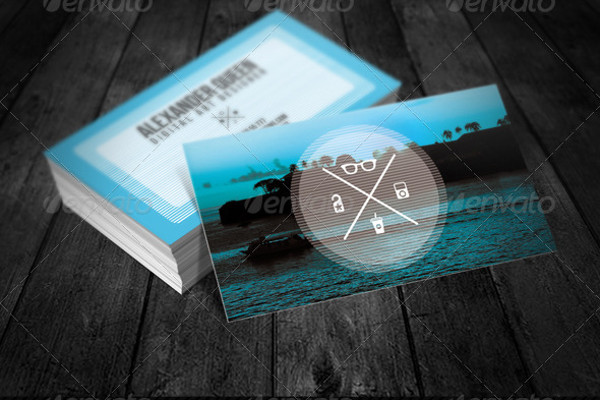
Square Business Cards
Square Photography Business Card
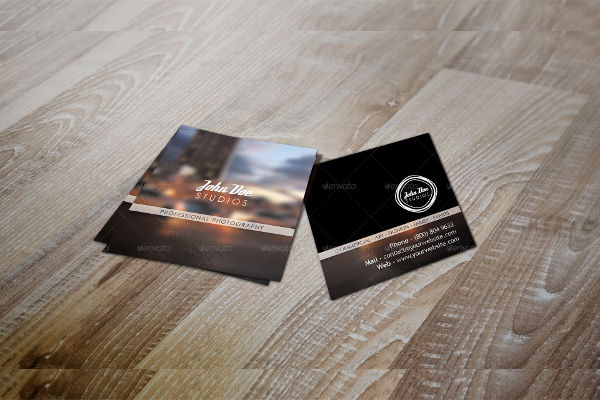
Creative Square Business Card
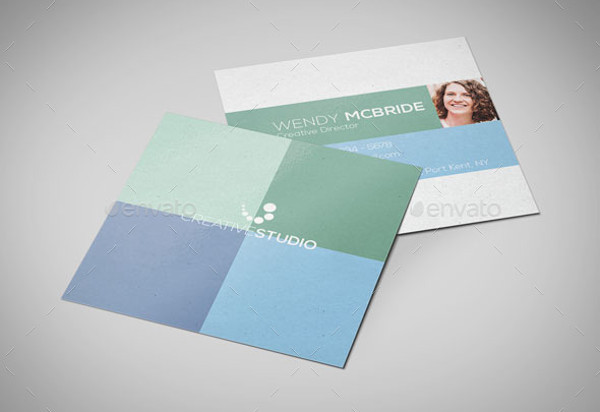
Mini Square Business Card
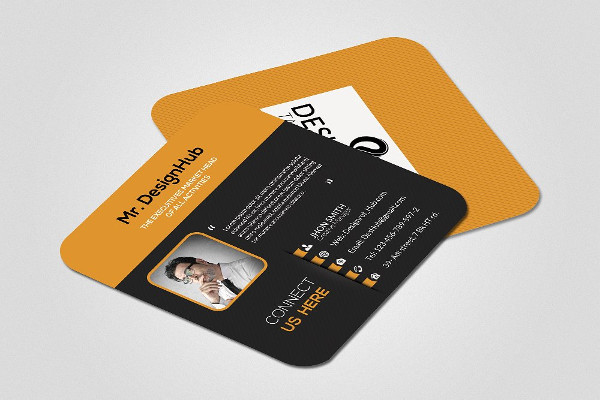
Photography Business Cards
Fashion Photography Business Card

Wedding Photography Business Card
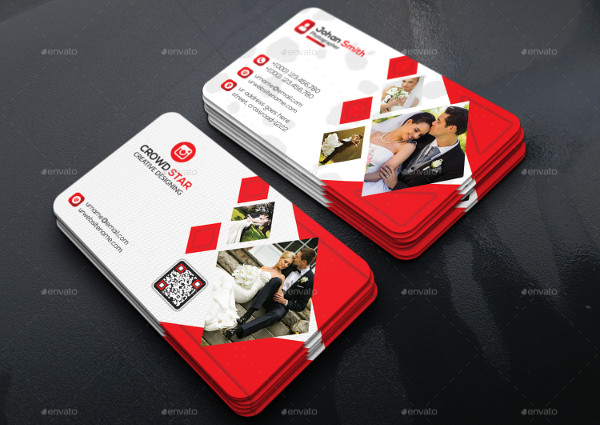
Printable Business Cards
Printable Blank Business Card
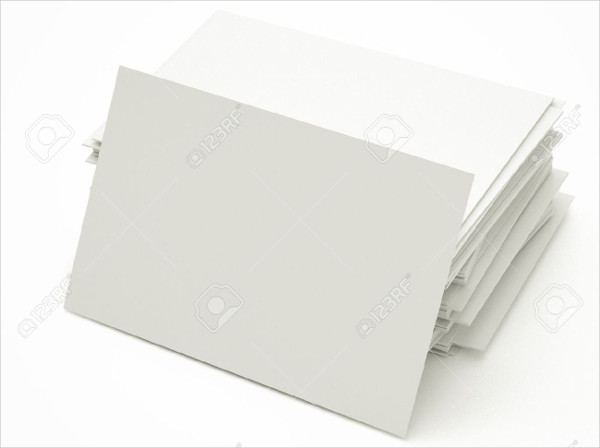
Printable Small Business Card
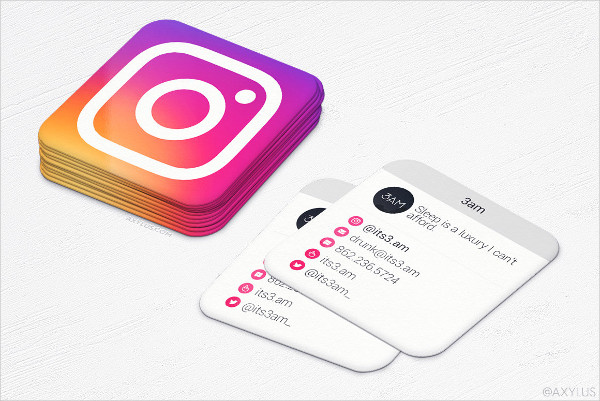
Personal Business Card Examples
Personal Trainer Business Card
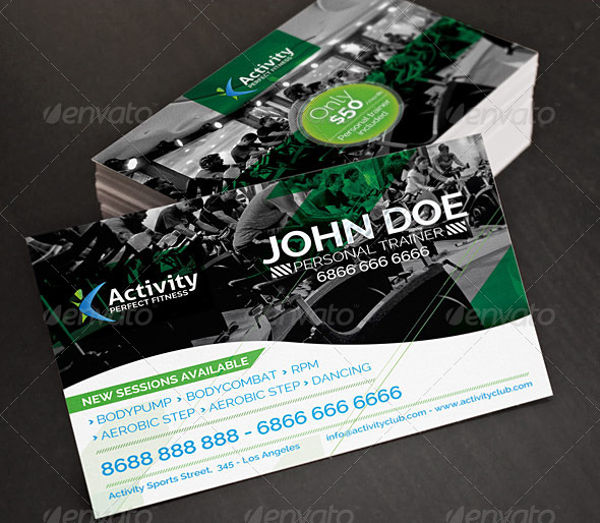
Personal Business Credit Card
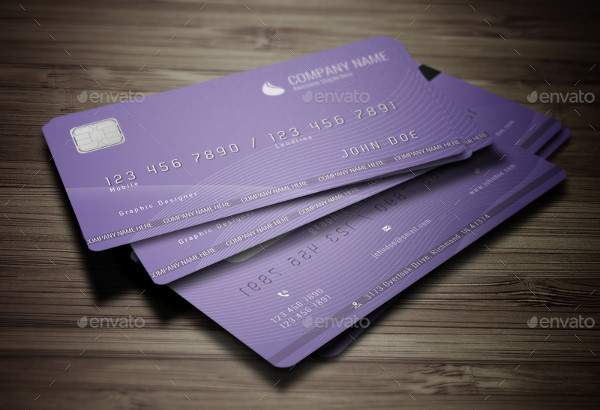
Professional Business Cards
Professional Personal Business Card
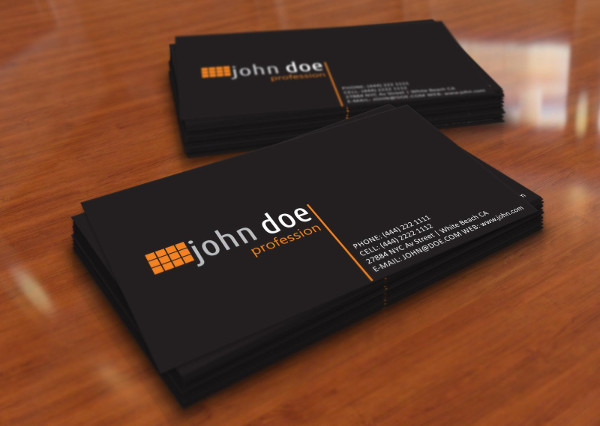
Professional Photography Business Card
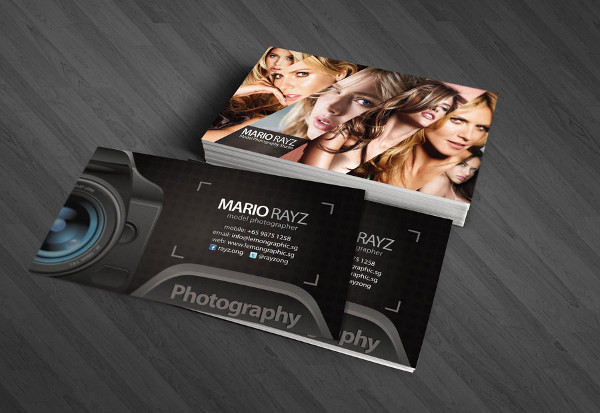
Professional Business Thank You Card
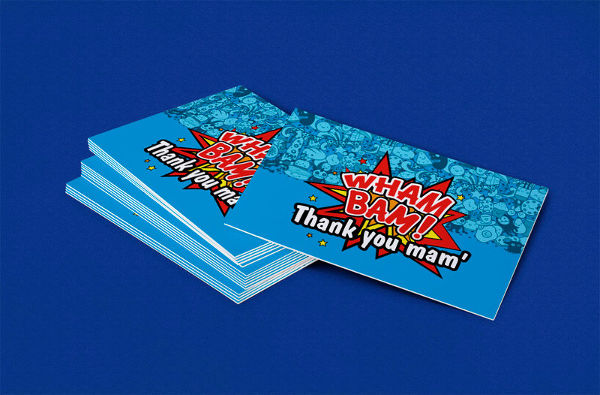
Content of a Business Card
A business card may have different designs and formats but most of them contain the same information required to make the tool effective. The basic information that are usually found on a business card checklist template include the following:
- An free outline of the business information of the company where the person who will use the business card is currently employed, which may include:
- The name of the business
- The logo of the business
- The company’s location
- The business contact numbers of the company
- The name of the employee who owns the business card
- The job title of the employee and the business division where he/she is currently assigned in
- The contact information of the employee
- Online pages that are essential for the transaction which the entity who received the business card may browse through
How to Utilize and Maximize the Usage of Business Cards
Once the items present in the business card are already identified, creating the final look of the tool by incorporating design materials and formatting is the next thing to do. Here are a few ways that you may do so you can fully benefit from using a business card:
- It will be of help if you can offer more than one just name card to an individual. This will allow him / her to give your card to other entities who also need your services.
- You may give your business card to the people that you meet in a professional manner. With this, more people will be fully aware of what you can provide to them even if they currently do not need what you can offer at the moment.
- In terms of maintenance and safe keeping, use a leather case in storing your business thank you card for it to not moist, crumple and be out of good shape and condition.
Business Holiday Cards
Business Holiday Thank You Card
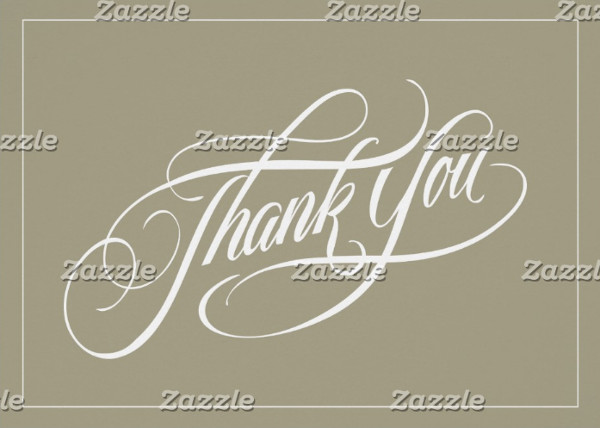
Business Holiday Greeting Card
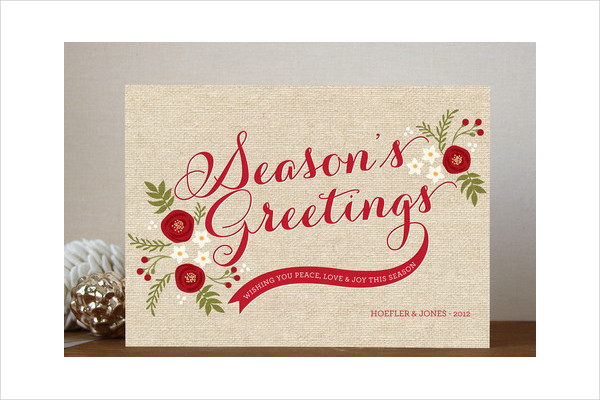
Transparent Business Cards
Transparent Photography Business Card
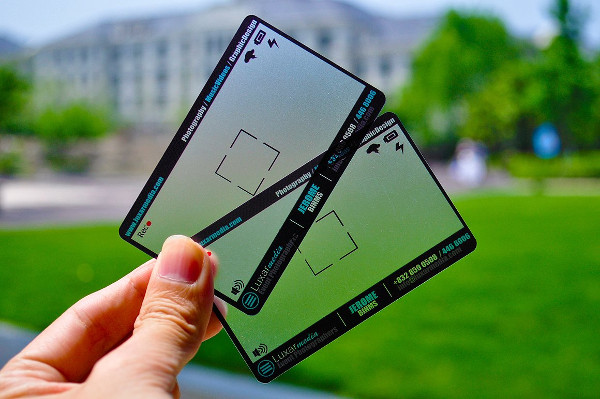
Transparent Plastic Business Card
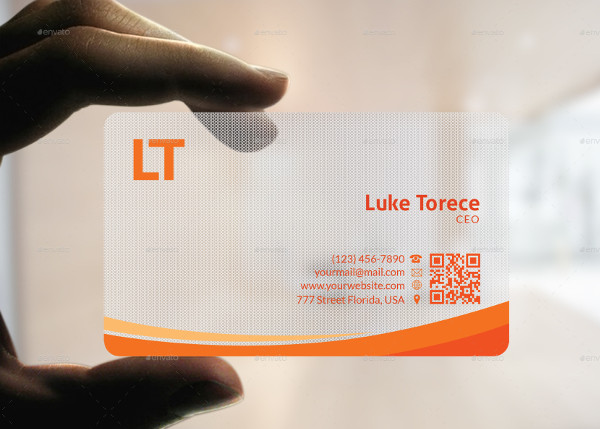
Business Thank You Cards
Business Christmas Thank You Card
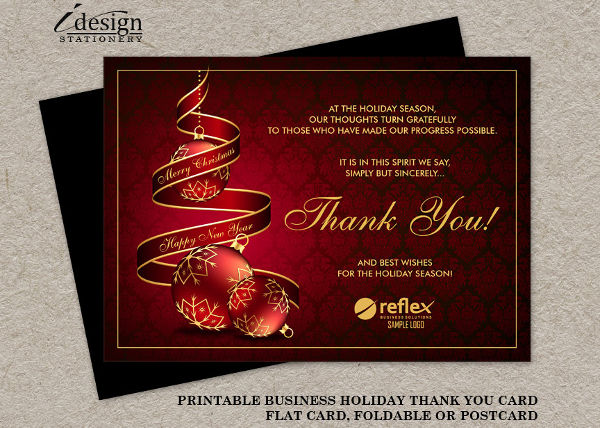
Business Personalized Thank You Card
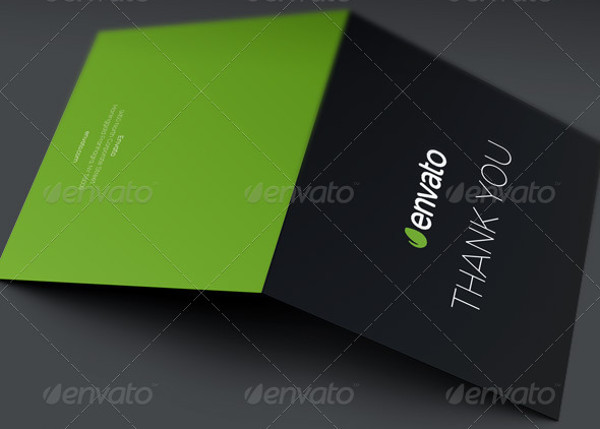
Student Business Card Examples
School Student Business Card
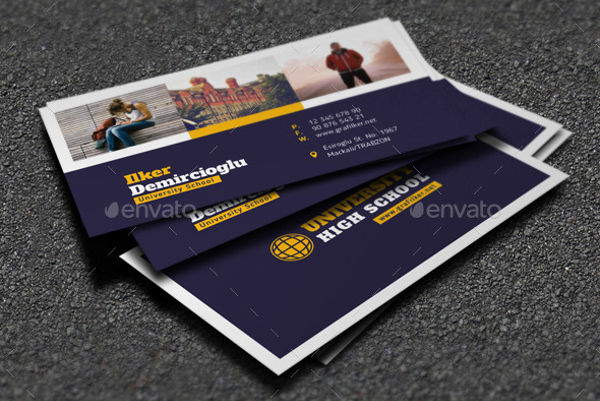
Graduate Student Business Card
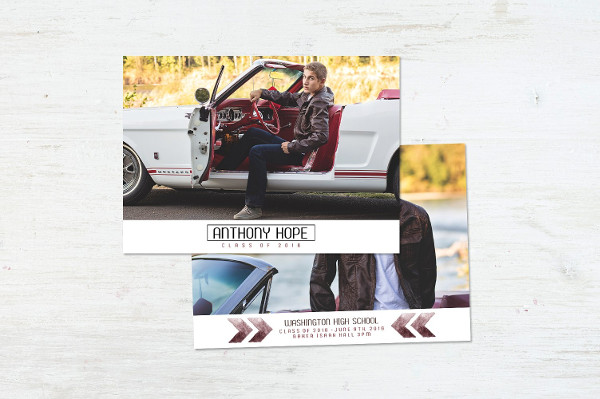
Construction Business Cards
Printable Contractor Business Card
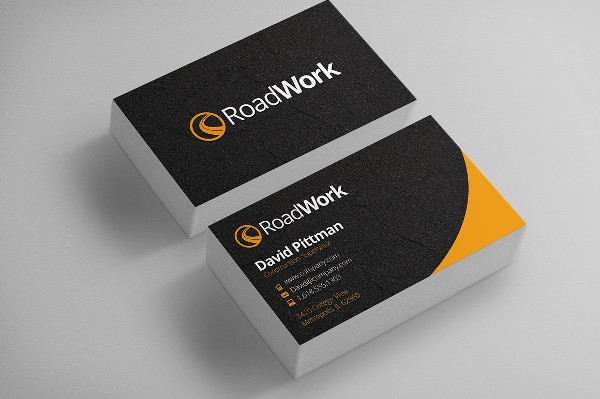
Modern Construction Business Card
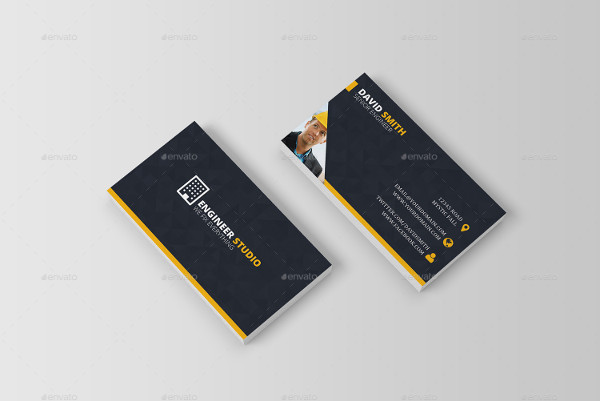
Corporate Construction Business Card
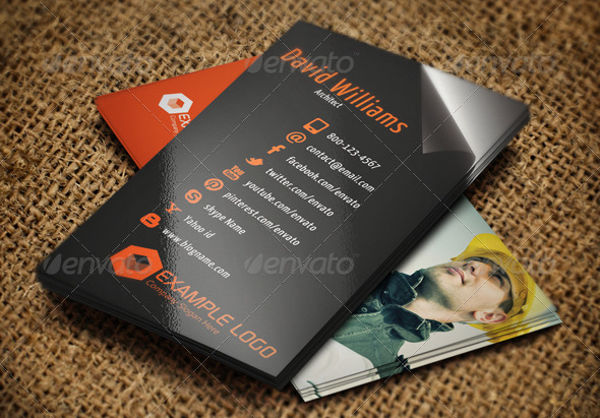
Wooden Business Cards
Free Wooden Business Card
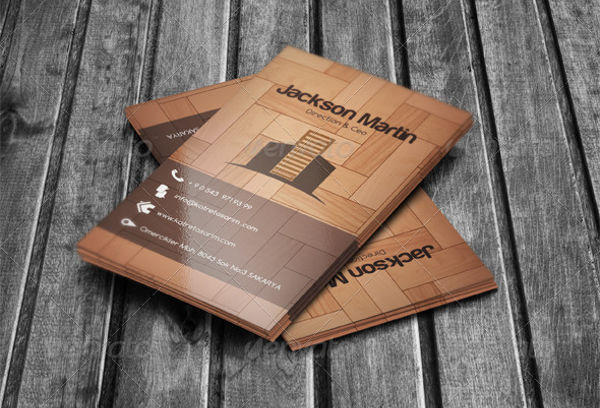
Minimal Wooden Business Card
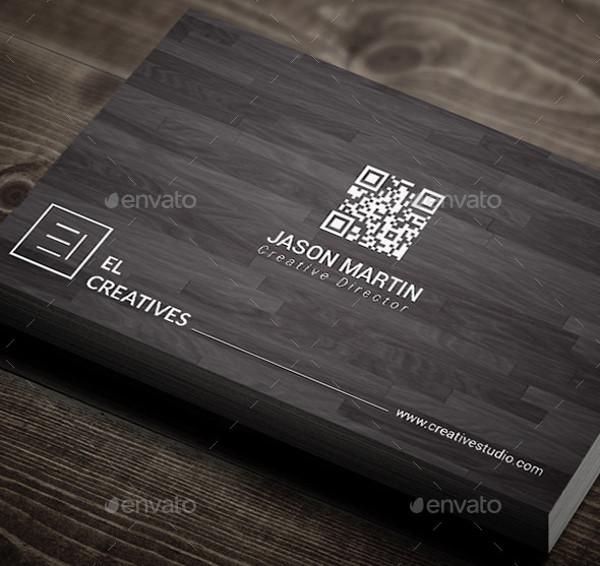
Personalized Wooden Business Card
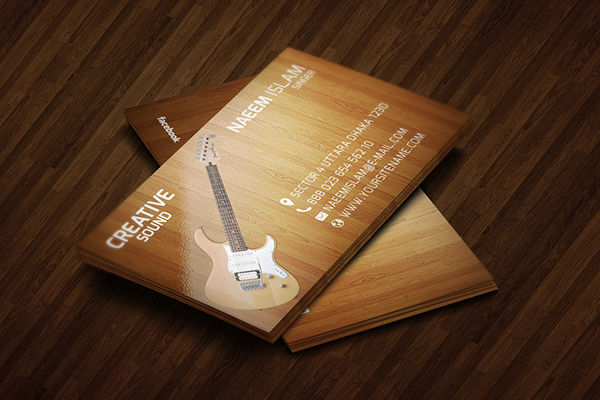
The Value of Your Business Card
With the development of digital communications and various electronic platforms, the usage of business cards are somehow deemed unnecessary by a few people. However, this tool is still very effective especially in terms of showcasing professionalism in business transactions and initial corporate conversations.
The value or benefits of using a business card are as follows:
- A real estate business card can draw in clients to one’s business by providing the information needed to be known by prospective customers. Being able to easily contact a business entity is one of the positive factors that can affect a business–client relationship.
- In the condition when a business card is used by an entrepreneur, the tool can be used to reflect the entirety of the professional services that a person can provide to possible customers.
- Business cards help agents exhibit a decent organization picture by highlighting the business’ background and other relevant information.
- Creation and printing expenses of business cards are low, yet the advantages of its usages are high. Hence, you are making a low-cost tool that can provide you with impressive returns.
Guidelines in Creating and Designing a Business Card
Listed below are a few guidelines that you may follow in creating and designing a business card.
- Just like when creating a business invitation, keep the content of your business card precise and straightforward. Try not to pack excessive data on the card for it to be more presentable.
- Do incorporate the fundamental elements or inclusions of a business card which we have mentioned on the discussion above.
- Make sure that your personal name, business name and other relevant details are instantly identifiable.
- Ensure that the typeface that you will use is effortlessly intelligible and appropriate for professional and corporate transactions.
- It will be best if you will stick to the usage of only one to three color and hues. This will make the overall look of the business card more put together.
Funny Business Cards
Funny Personal Business Card
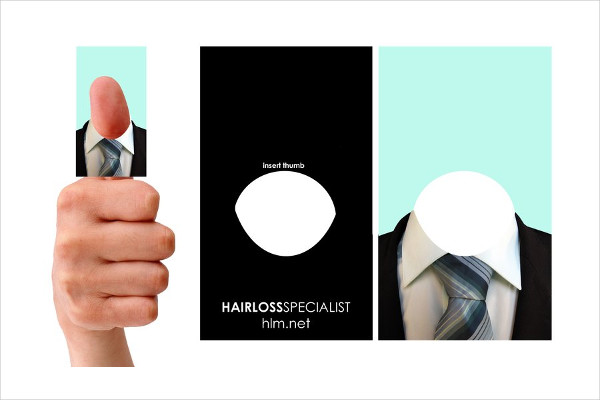
DIY Business Card
DIY Personal Business Card
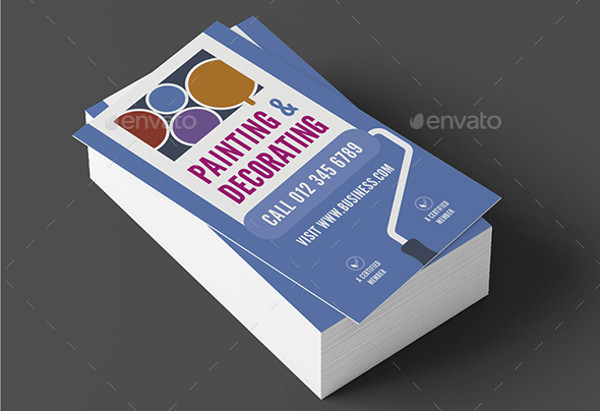
Vintage Business Cards
Vintage Photography Business Card
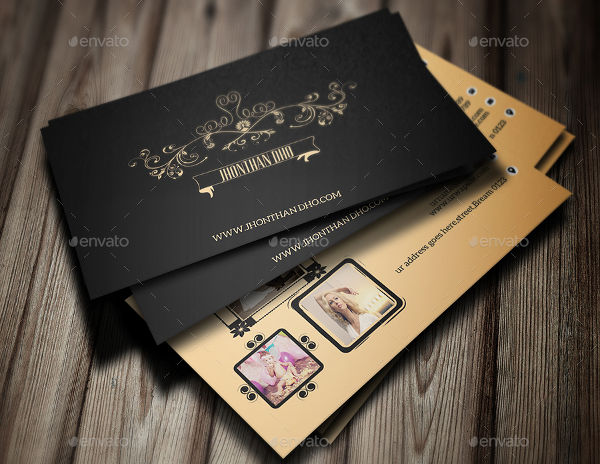
Free Vintage Business Card
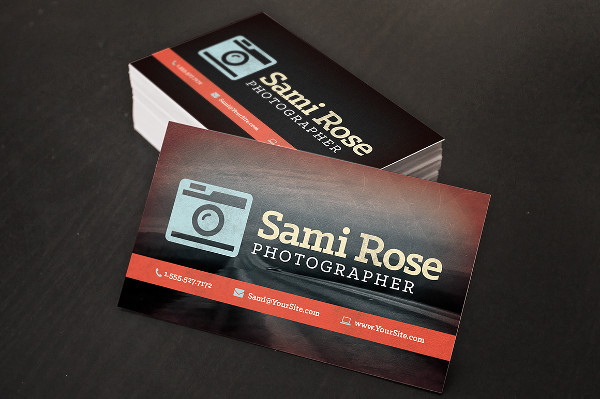
Vintage Salon Business Card
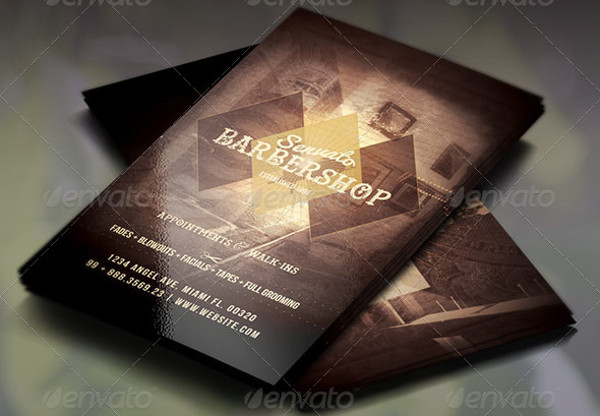
3D Business Cards
3D Clean Business Card Example

Creative 3D Business Card
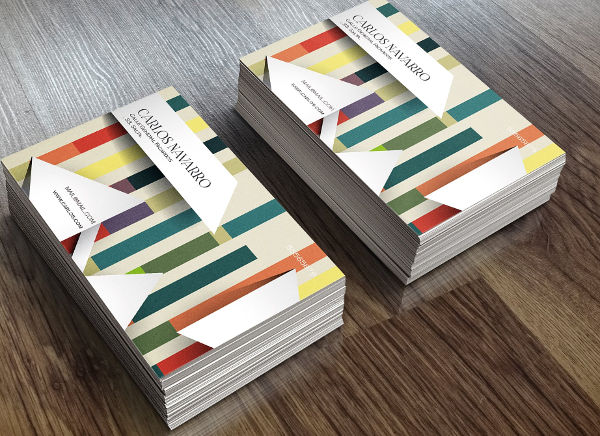
3D Corporate Business Card
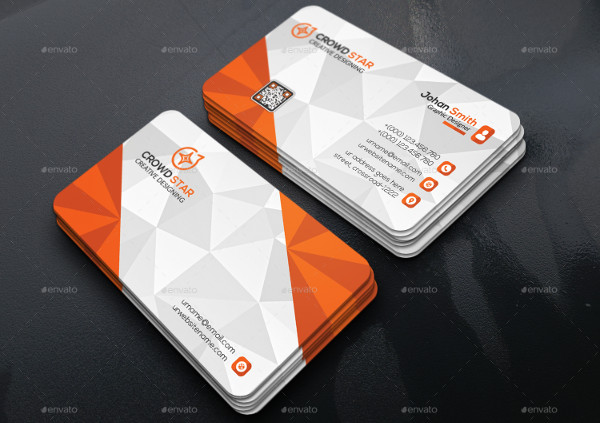
Photo Business Cards
Personal Photo Business Card
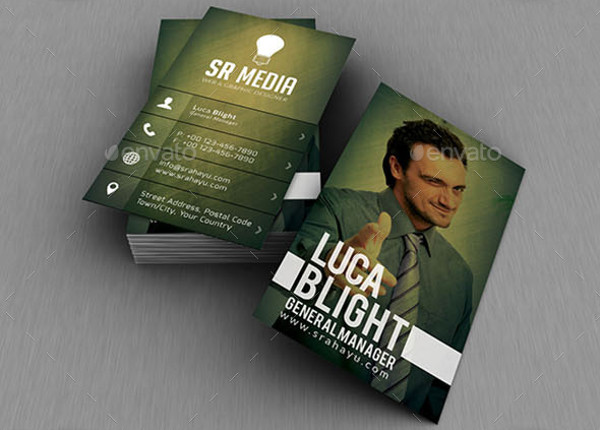
Business Birthday Cards
Business Birthday Thank You Card
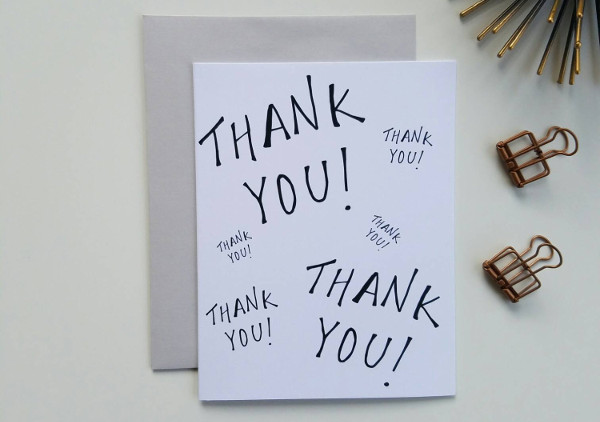
Branding Business Birthday Card
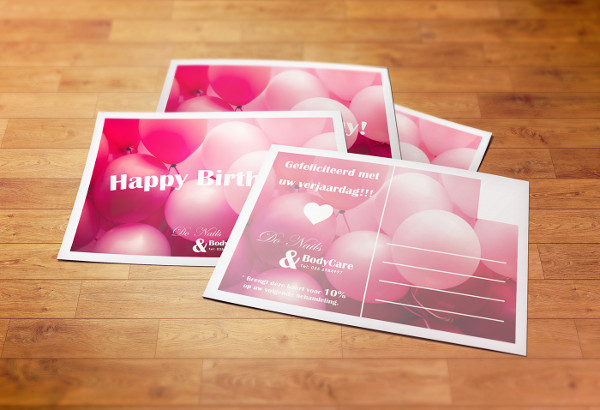
Business Greeting Cards
Business New Year Greeting Card
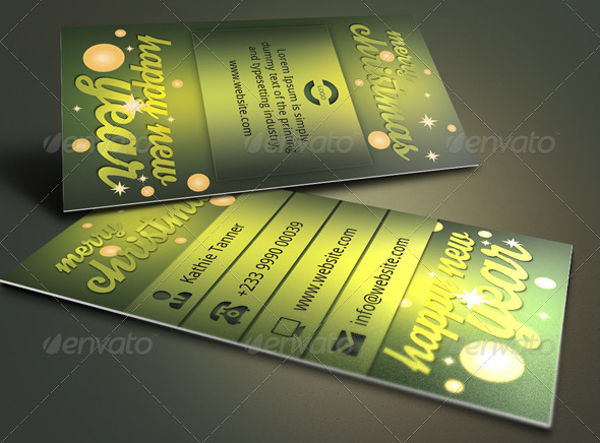
Business Holiday Greeting Card
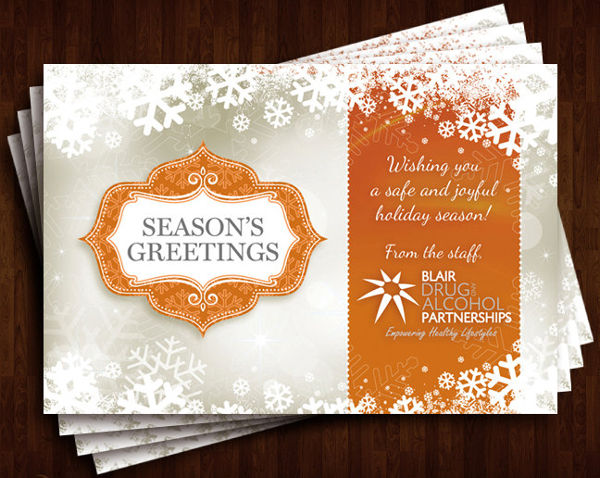
Business Christmas Greeting Card

Who Can Use Business Cards?
A few samples of different business entities and individuals who are in various industries and fields of expertise that can use business cards are as follows:
- Businesses
- Members of organizations
- Employees
- Freelance workers
- Small enterprise and service providers
- Government offices
What Material Can I Use to Print Business Cards?
Aside from the checklist template in Excel or in any other software that you need to fulfill to assure the completion of the information within a business card, it is also a part of assuring the quality of the business card that you will create by identifying the proper medium where you will print it.
Always remember that the quality of the material and the ink that you will use can fully affect the final business card that you will make.
Some of the materials where you can transfer the business rack card design and make it into an actual business tool include the following:
- For a more unique looking business card, you can opt to have a rubberized card or any rubber-based business profile outline.
- You can use different kinds of plastic (PVC) that can be used for printing documents. A few samples of this material include:
- Frosted translucent plastic
- Metallic plastic
- Crystal clear plastic
- White printable plastic
- With the development of technology, you can also use other materials that are not usually used for printing business cards before like thin metal.
- There are also out of this world ideas where themed business cards are used by companies for branding and marketing purposes. Business cards can now be printed in poker chips, woods, and magnets.
There are no standard format in making business cards. It depends on the company or a professional on how a business card can exude originality, uniqueness and appropriate branding through the usage of different formatting techniques.


